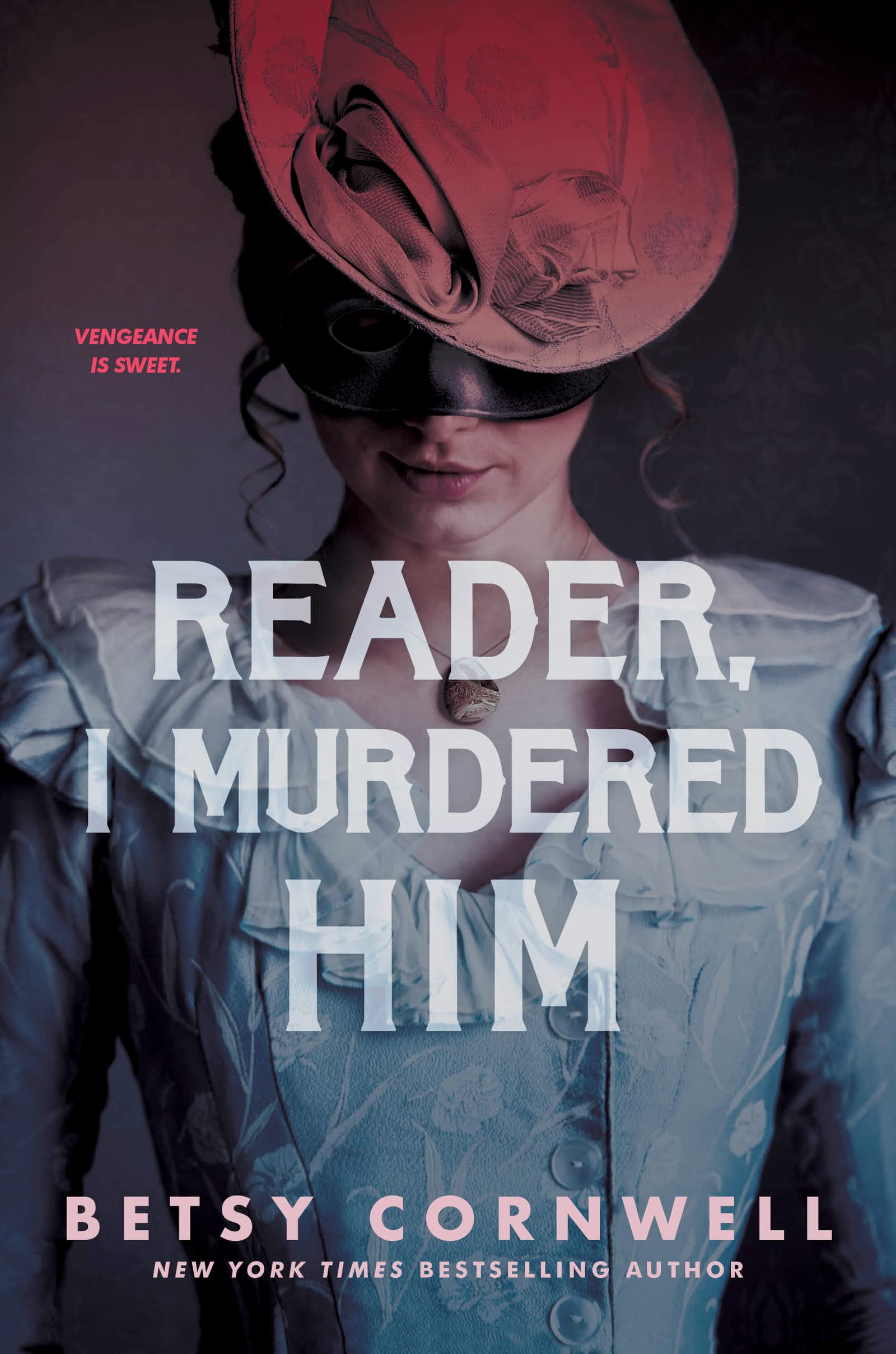2018 School Spending Survey Report
Reader, I Murdered Him
HarperCollins/Clarion.
Nov. 2022.
304p.
Tr $18.99. ISBN 9780358306641.
COPY ISBN
VERDICT For those who turn from Jane Eyre with a desire for a queer heroine who can punish Mr. Rochester by way of a penny-dreadful revenge plot.
ALREADY A SUBSCRIBER? LOG IN
We are currently offering this content for free. Sign up now to activate your personal profile, where you can save articles for future viewing




Be the first reader to comment.
Comment Policy:
Comment should not be empty !!!